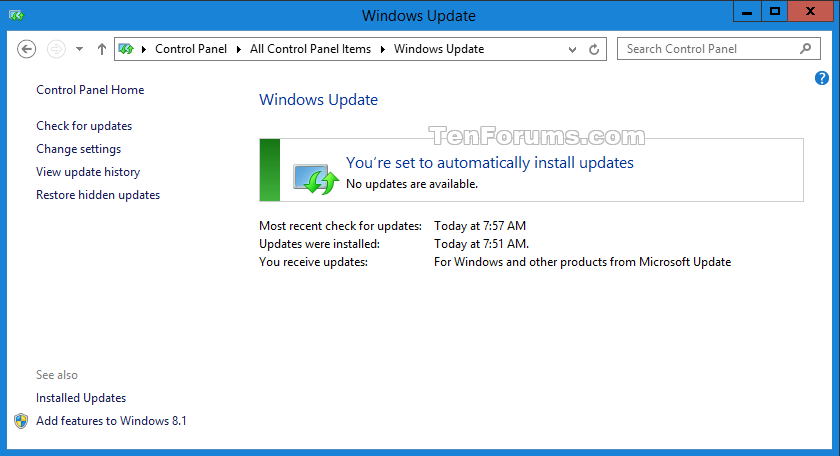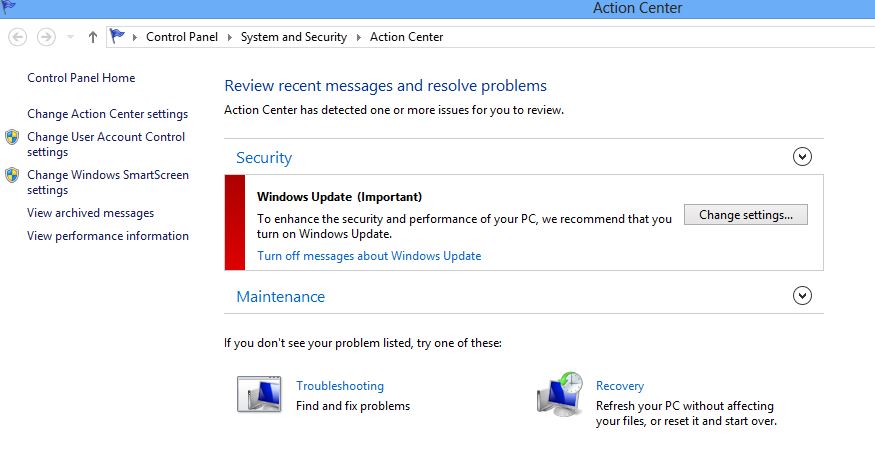


Windows 10 will install updates before it installs itself, but it’s simpler if it doesn’t have to.įinally, for this section, run a clean-up tool to remove old logs, error reports and browser caches, though not before making sure you know all your passwords. If you are using one of those, it will “keep all settings and license credentials, and will work automatically after you migrate to Windows 10”.Īfter that, run Windows Update to make sure you have installed all the essential patches for your current operating system. However, ESET says that versions 5 and 6 are compatible with Windows 10. If your AV program is known to have compatibility problems, Microsoft will uninstall it before installing Windows 10 It makes sense to uninstall the old version for Windows 8 and install the new one for Windows 10. AV programs have hooks deep into the operating system, and AV companies therefore tend to create new versions of their software for new versions of Windows. Ideally, I would also uninstall any third-party anti-virus software, and replace it with Microsoft’s anti-virus program, Windows Defender. Note that removing QuickTime can be a problem for Adobe Creative Suite users. If you really need Java, then you can re-install it after upgrading to Windows 10. In addition, you should uninstall all versions of Oracle’s Java, and Apple’s QuickTime, which is no longer supported. This is a good time to run the Add/Remove programs utility and uninstall anything you no longer need. This takes up space and, and if it’s no longer updated, may be a security risk. Most PCs contain software that is no longer used. I’ve done it, and it has worked perfectly, but I’d still recommend you assume the worst and make a backup. For this reason, Windows 10 keeps a copy of your previous installation (Windows_old) for 30 days, so that you can roll back to what you had before. I don’t know what the success rate is, but even if it’s 99%, around 3 million upgrades might still have gone wrong. Windows 10 is already running on almost 300 million devices, so we can assume that the upgrade process has been fairly well debugged. If it’s a mess, then some simple house-keeping could avert disaster. If your PC is in good shape and backed up, you may have very little to do. However, there are several things you can do to help the upgrade to go as smoothly as possible, and you need to take precautions in case it goes wrong. If the upgrade goes smoothly, all your programs and personal files should remain in place – with a few exceptions, which I’ll mention later.

I have few questions: Will my files be deleted – documents, pictures, videos, music, etc? What will happen to Microsoft Office? Do I have to re-install it? What will happen to my anti-virus (I’m using ESET Smart Security)? Samantha M I’m currently using Windows 8.1 and I’m planning to upgrade to Windows 10.


 0 kommentar(er)
0 kommentar(er)
